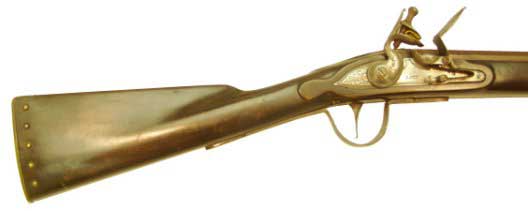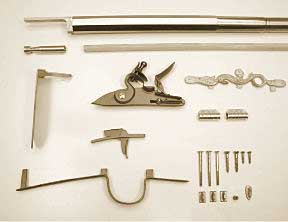|
|
P. O. Box 2791 Rockford, IL 61132 US Phone (815) 968-1995 Fax (815) 968-1996 |
|
|
|
| Home > Stocks and
Components > Northwest or "Trade Gun"
|
Stock and Pistol Prices Stock Blanks Single Shot/Antique Repeater Stocks Stocks and Components J. Armstrong Beck Boys Bedford County Blunderbuss J. Dickert Dueling Pistol English Rigby Sporting English Shot Gun A. Figthorn Early Fullstock Fowler Harpers Ferry Model 1803 Hawken Fullstock Hawken Halfstock Jaeger Kentucky Pistol Pre-Revolutionary Kentucky Early Lancaster Late Lancaster Lehigh County Leman Fullstock Leman Halfstock North Carolina Northwest or "Trade Gun" Ohio Schuetzen Halfstock Schweitzer Southern Mountain Tennessee Classic Tennessee Mountain Thompson Center Transitional Kentucky Trapper Pistol Tulle "Fusil de Chasse" Underhammer - H & A A. Verner Vincent Halfstock Virginia Locks Jim Chambers Locks L & R Locks R. E. Davis Locks Siler Locks Allen Box Lock & Inline Actions Triggers L & R Triggers R. E. Davis Triggers Other Triggers |
||||||||||||||||||||||||||||||||||||||||||||||||||||||||||||||||||||||||||||||||||||
| Northwest or "Trade Gun" |
|||||||||||||||||||||||||||||||||||||||||||||||||||||||||||||||||||||||||||||||||||||
 |
|||||||||||||||||||||||||||||||||||||||||||||||||||||||||||||||||||||||||||||||||||||
|
The "Northwest" gun was not introduced to the fur trade by the North
West Company. Instead, the gun was an early trade item that moved
"northwest" of population and trading centers along the eastern coast of
the United States and Canada. The trade gun was typically light, often small and easy to handle. Barrel lengths varied between about 30" and 48". The gun could fire shot (about 20 gauge) or a patched ball of about .62 calibre. The trademark of this type gun is the cast brass dragon or sea serpent used as a side screwplate. Ramrod guides were also of ribbed brass and Indians and traders often ornamented the stock with brass tacks. The stock had a wide butt and dropped slightly forward. The forestock and wrist were slender and the barrel was thin. The triggerguard was large and made of iron. At first, iron buttplates were nailed to the stock with small square nails. Later models used brass buttplates and screws. Guns built for the trade after the middle of the 1800's had a noticeably thicker wrist and heavier forestock. The butt took on a more military appearance but the old style butt stock with its grooves survived into the percussion period. Another common feature of these guns was a sitting fox stamped on the lock. The fox faced right or left depending on the maker (the mark was copied) and the times. The fox convinced some Indians of the gun's good quality. The size of the gun, its versatility and its light weight made it a favorite Indian firearm for hunting and war. The gun proved so durable that it was used, without any great changes in design, for more than 200 years and was still in use among some Northern tribes well into this century. |
|||||||||||||||||||||||||||||||||||||||||||||||||||||||||||||||||||||||||||||||||||||
 |
|||||||||||||||||||||||||||||||||||||||||||||||||||||||||||||||||||||||||||||||||||||
|
|
||||||||||||||||||||||||||||||||||||||||||||||||||||||||||||||||||||||||||||||||||||
|
|
|||||||||||||||||||||||||||||||||||||||||||||||||||||||||||||||||||||||||||||||||||||
|
|||||||||||||||||||||||||||||||||||||||||||||||||||||||||||||||||||||||||||||||||||||
 |
|||||||||||||||||||||||||||||||||||||||||||||||||||||||||||||||||||||||||||||||||||||
